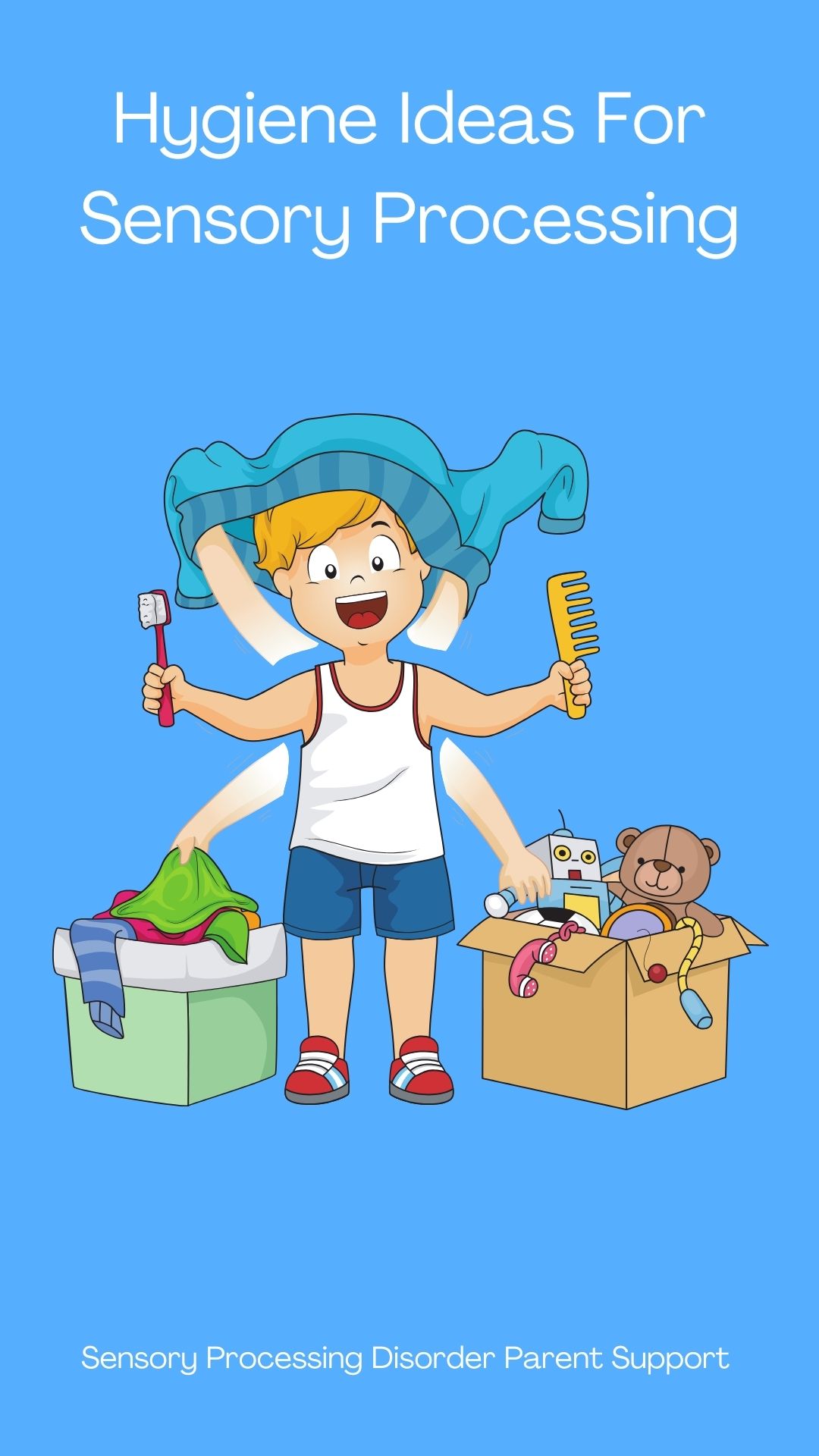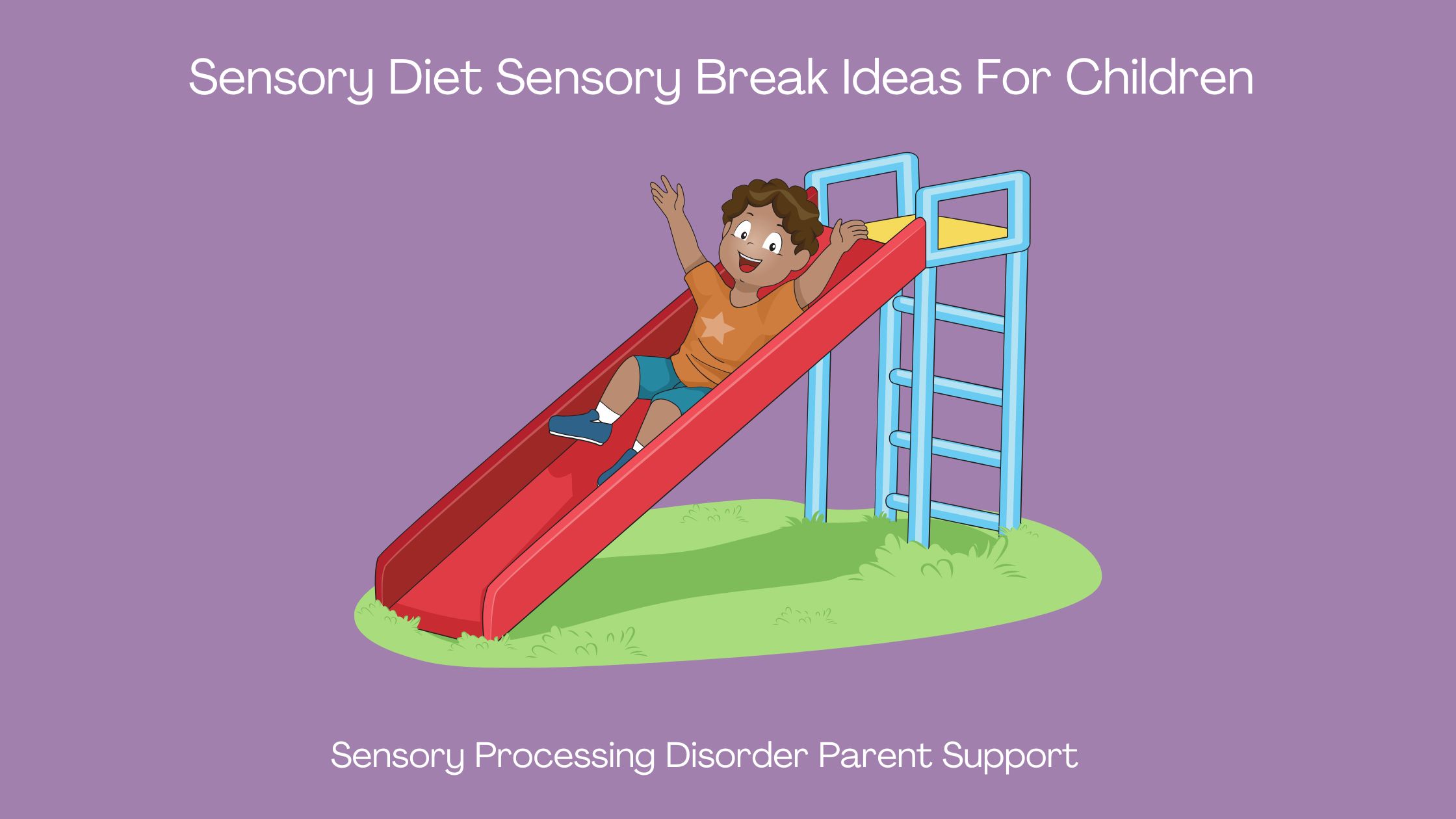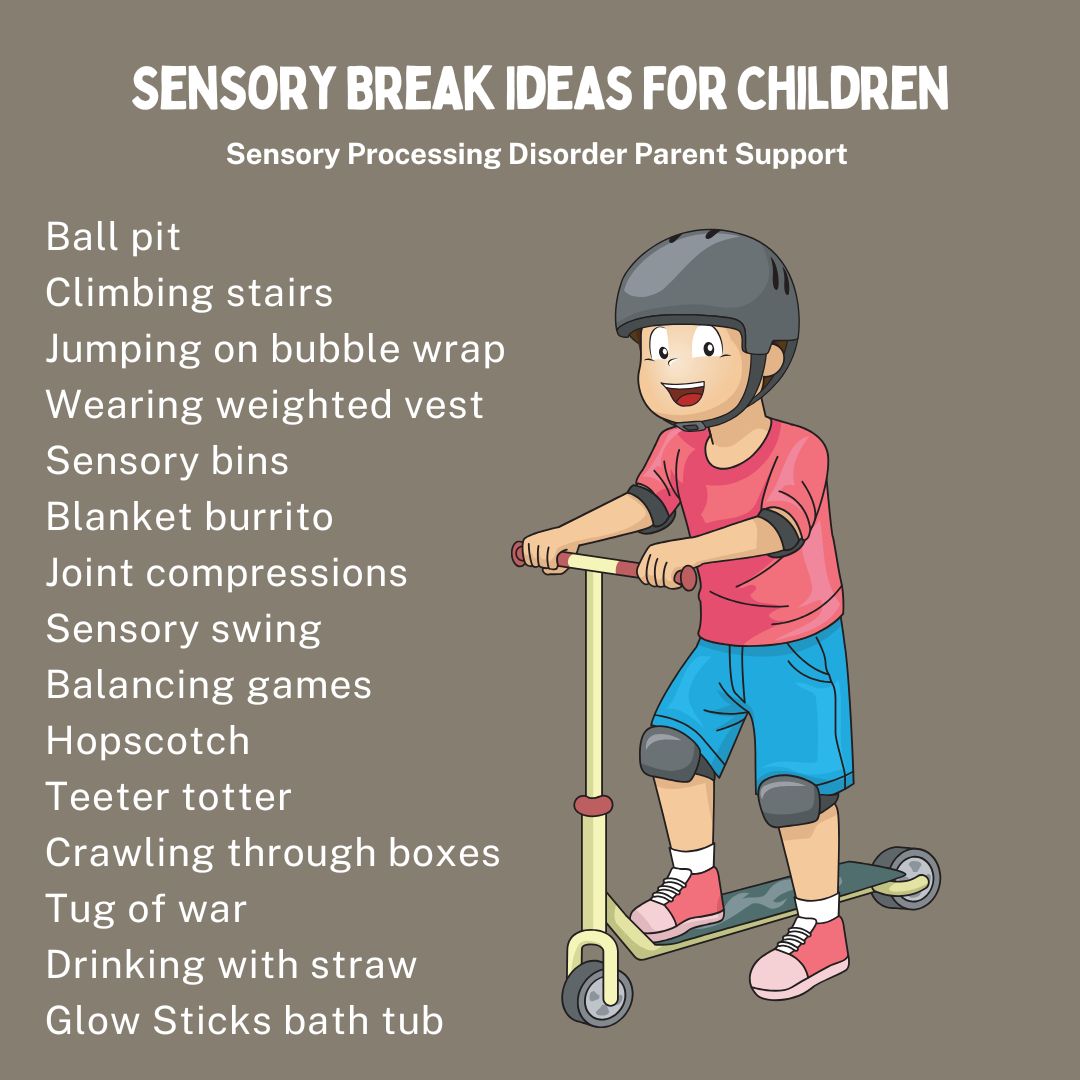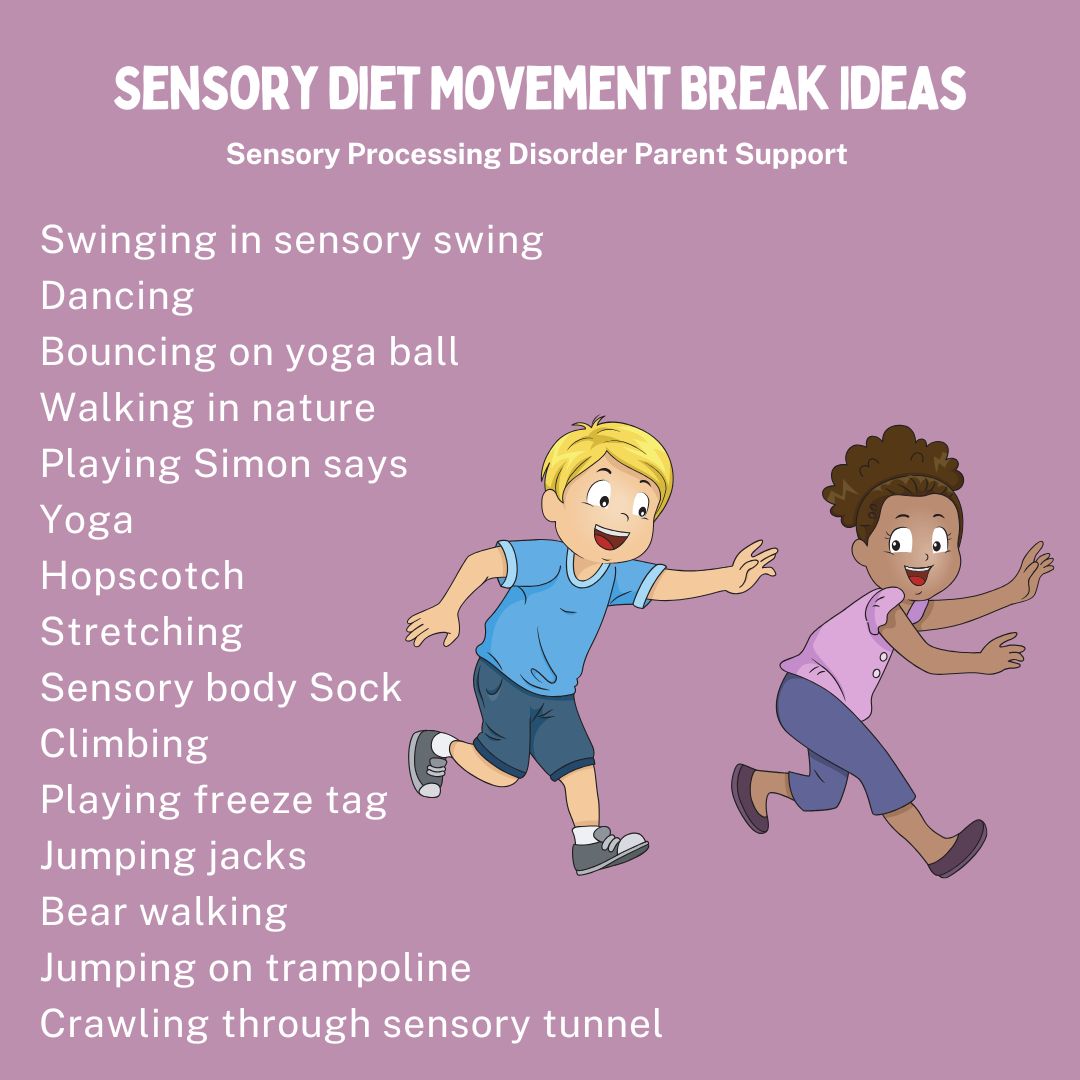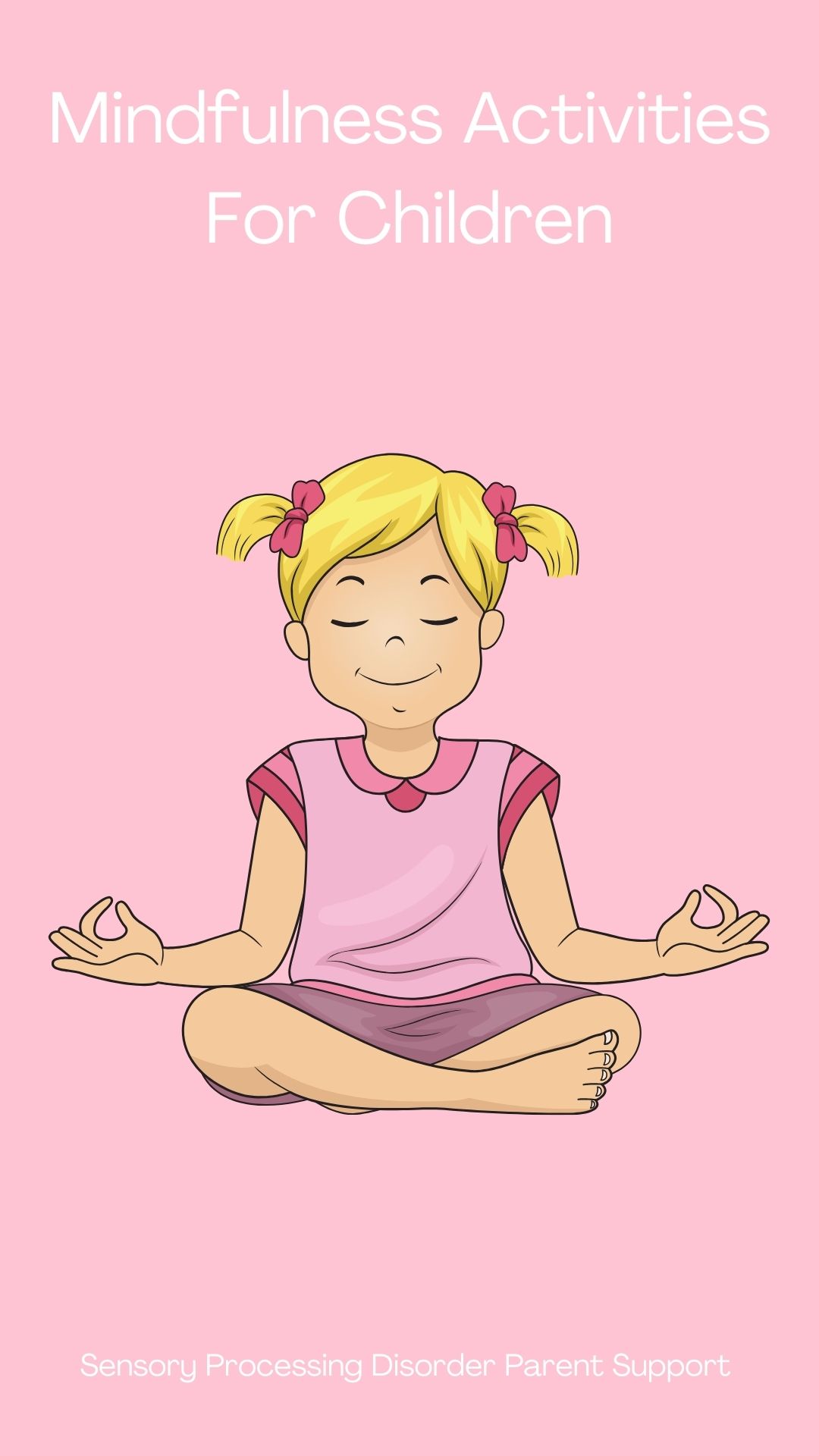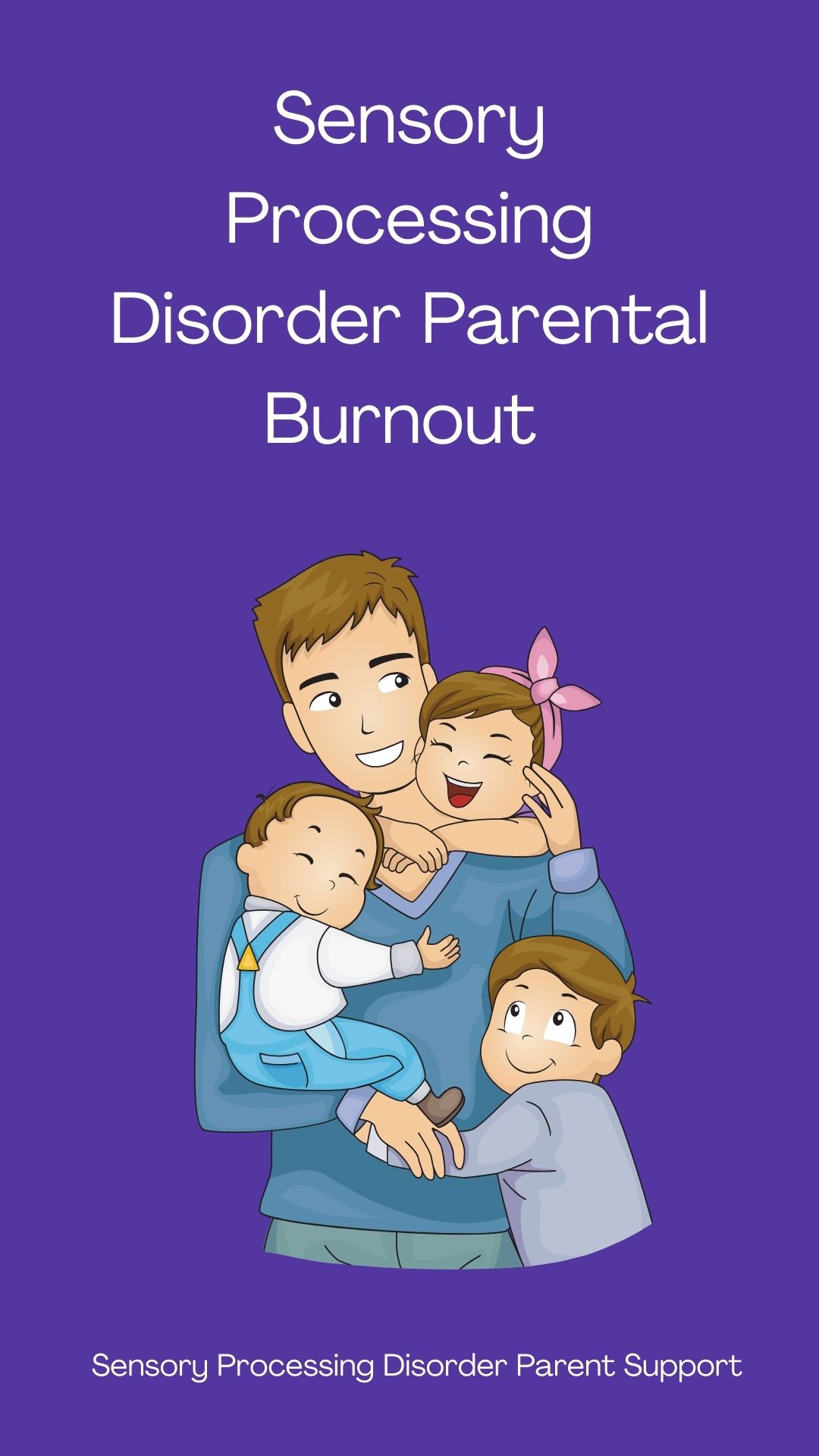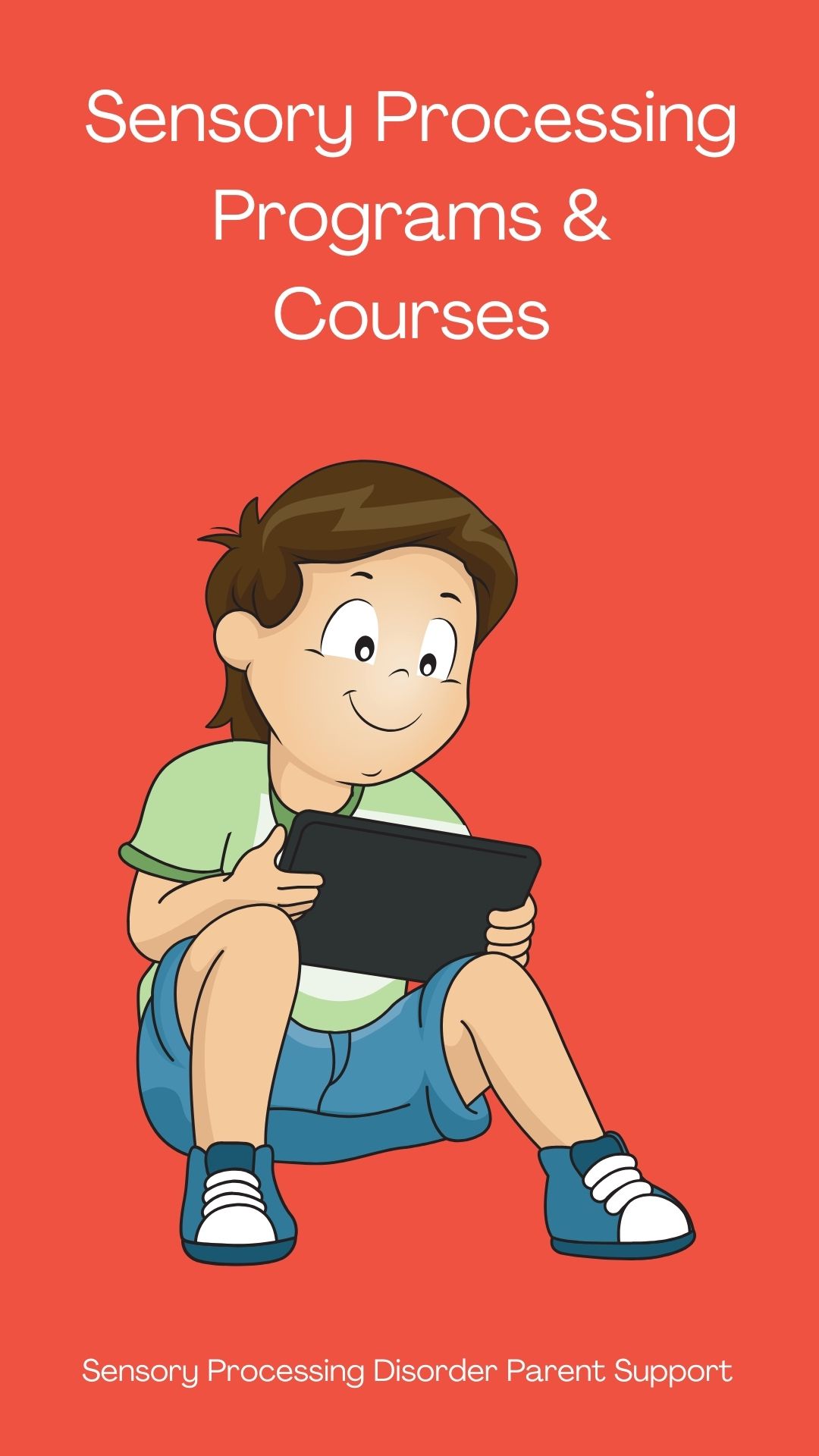These activities provide a strong tactile input to the body, which can be calming for some children. Examples of deep pressure activities include weighted blankets, bear hugs, or squeezing a stress ball.
Physical activities such as jumping jacks, wall push-ups, or animal walks (crab walk, bear crawl, etc.) can provide much-needed movement breaks for children who struggle with sensory regulation.
Filling a small container with various textures in a sensory bin such as rice, beans, sand, or water beads, can be a great sensory breaks for children. They can run their hands through the materials, explore with different tools, or hide objects for a fun and engaging experience.
Playing soft and soothing music in the background can help children relax and focus during sensory breaks. Classical music, nature sounds, or white noise can all be beneficial. Small handheld objects that provide sensory stimulation, such as stress balls, squishy toys, or textured objects, can be helpful for children during sensory breaks.
Sensory breaks should be for each child’s specific sensory needs and preferences. Parents should work closely with their child’s occupational therapist to create a sensory diet that works best for them. Sensory breaks should be included in a child’s daily schedule. These breaks can help children stay focused and regulate their emotions.
